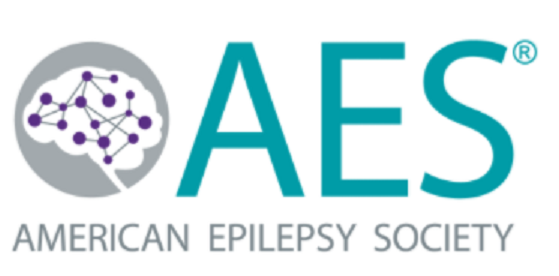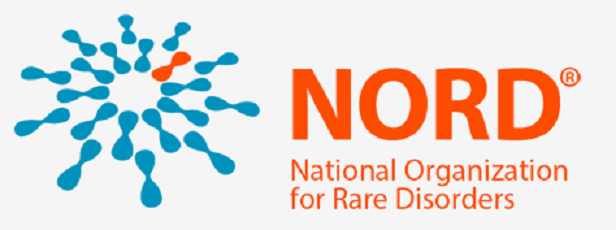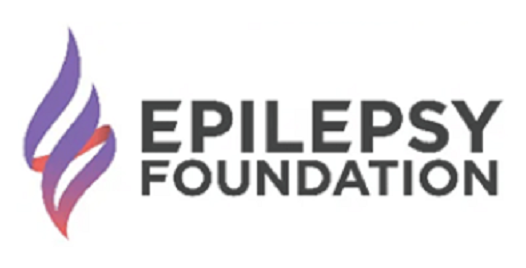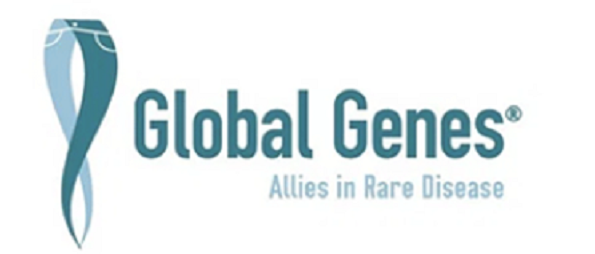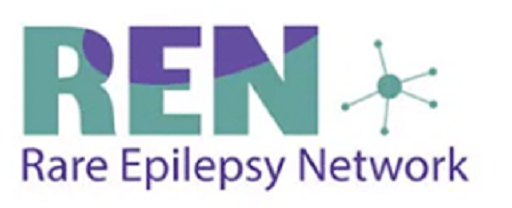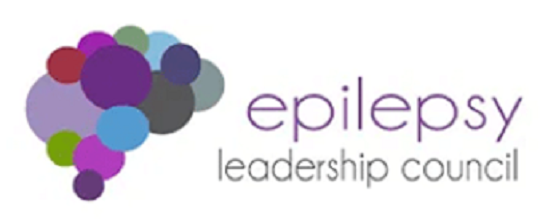
CACNA1A Portal v1.1 (last updated 1st July 2024)
Welcome to the interactive website for families, clinicians, and researchers dedicated to comprehending CACNA1A-related disorders
Individuals
Functionally tested variants
Phenotypes (HPOs)
Additional tabs analyse tabs are available for registered users.
Please reach out to the
gate.io bot
to obtain a user account.
Latest news for the community
Interested in other Genes?
Visit also our other Gene Portals!
What is new in version 1.1?
- The general appearance was updated.
- Variant analysis shows an ACMG criteria-based variant classification.
- Variant analysis now allows ACMG criteria customization.
- A report can now be downloaded in the Variant analysis tab.
History of CACNA1A research
Association of
CACNA1A
with FHM1 and EA2
Ophoff et al.
Association of
CACNA1A
with seizures and ataxia
Doyle et al.
Acetazolamide as a treatment for EA2
Yue et al.
Cortical Spreading Depression (CSD) in FHM1 mouse models
4-aminopyridine as a treatment for EA2
Strupp et al.
Strupp et al.
Recurrent FHM1 variants
Stam et al.
Stam et al.
The
CACNA1A
gene is bicistronic
Du et al.
Knockin mouse model for EA2
Rose et al.
Eye movement disorders associated with
CACNA1A
variants
Developmental delays and cognitive impairment
Biallelic
CACNA1A
variants
Reinson et al.
ɑ1ACT is important for cerebellar development
Du et al.
Du et al.
Developmental and Epileptic Encephalopathies (DEEs) and
CACNA1A
Jiang et al.
CACNA1A
variants leading to congenital ataxia
Izquierdo-Serra et al.
Association with Schizophrenia
Hidalgo et al.
Hidalgo et al.
First publication from the
CACNA1A
Natural History Study
Lipman
CACNA1A-Related Channelopathies: Clinical Manifestations and Treatment Options
Indelicato et al.
CACNA1A-related disorders
Pathogenic variants (mutations) in the CACNA1A gene cause a range of neurological and developmental disorders, including epilepsy (mild to severe), episodic ataxia (periods of unsteadiness and poor balance), hemiplegic migraines (a rare and severe type of migraine that involves weakness or paralysis on one side of the body), atypical eye movements, developmental delays, and autism spectrum disorder. The symptoms a child experiences and the severity of the disorder can vary widely and depend on the particular CACNA1A variant the child has.
Clinical summary of our registry
Please log in
Invalid username or password!
© 2024
